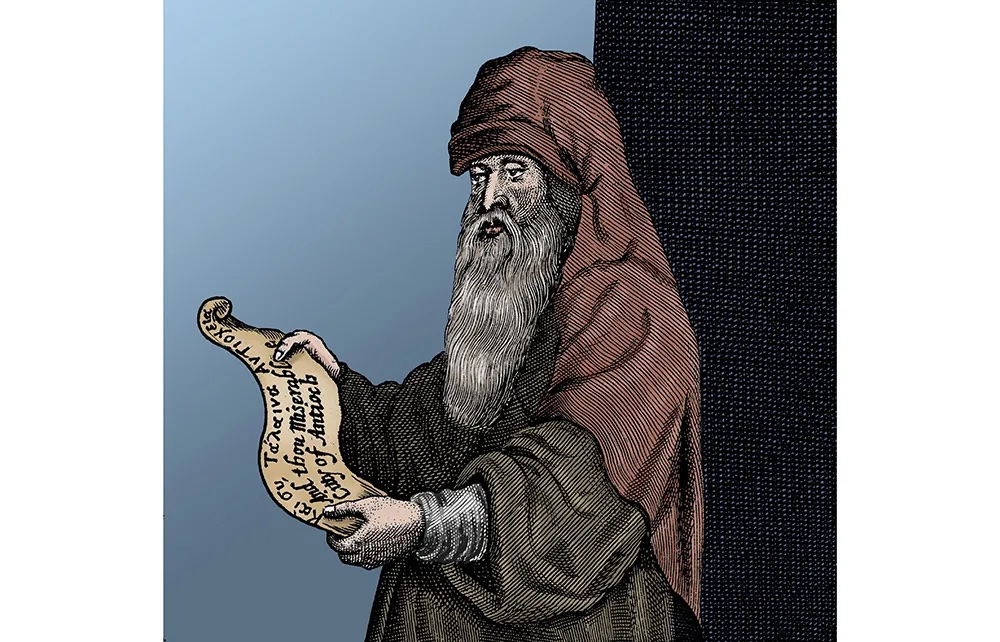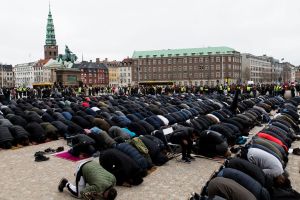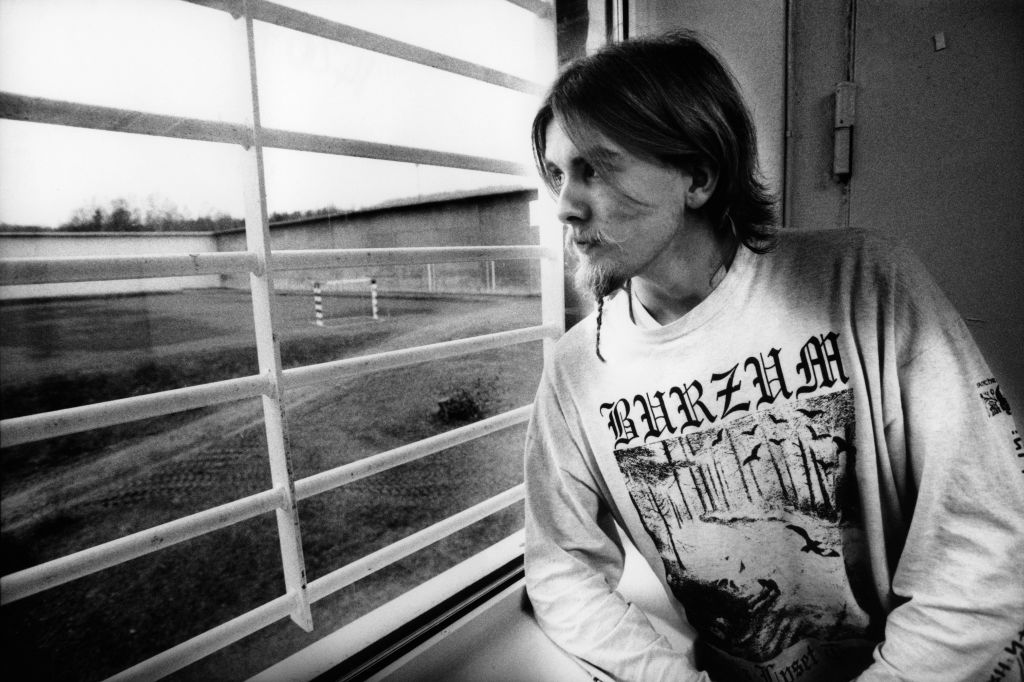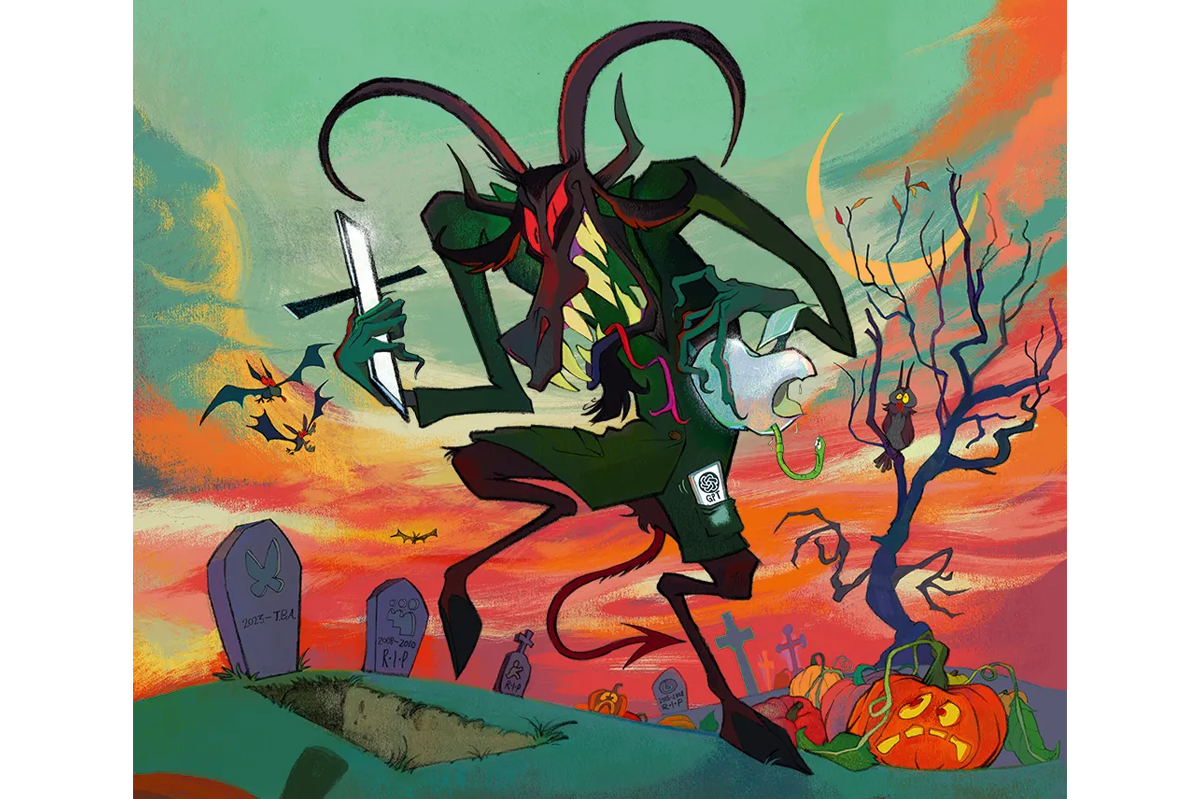What people tend to forget about Jesus Christ is that he killed children. As a five-year-old, Jesus was toddling through a village when a small boy ran past, knocking his shoulder. Taking it like any five-year-old would, Jesus shouted after him “you shall not go further on your way,” at which point the boy fell down dead. Later, when the boy’s parents admonished Joseph and Mary for failing to raise their son properly, Jesus blinded them. Something to bear in mind next time you ask yourself: “What would Jesus do?”
If this story is unfamiliar, that is because it doesn’t appear in any of the Bible’s traditional Gospels. It is recounted in the Infancy Gospel of Thomas, a text composed around the mid-2nd century AD (and so around the same time as the four traditional Gospels, which are dated between 70-110 AD). This is just one text among many now labelled apocrypha, but which, as Catherine Nixey outlines in her wonderfully readable, informative book Heresy, “were believed and read by Christians for centuries.”
In bewitchingly titled chapters such as “The Falsehoods of the Magicians,” “The Breeds of Heretical Monsters” and “Fruit from a Dunghill.” Nixey takes us on a tour across the early centuries of Christianity, when who Jesus Christ was, what he did, and whether he mattered at all were issues highly contested by followers and critics alike.
For in the beginning were the words. Alongside his animosity towards fellow children, Jesus smites teachers, sells a “twin” into slavery, has someone crucified in his stead and, in what Nixey describes as a “somewhat surprising” turn, impregnates his own mother. That’s not the only time Mary’s vagina is invoked — in the Infancy Gospel of James, a woman arrives at the nativity scene skeptical of Mary’s virginity. Deciding to take things into her own hands, she thrusts a fist into Mary’s vagina to check. Divine justice is swift: the woman’s hand is instantly burned off inside Mary.
As Christianity spread quickly, so did its myriad competing stories. Traces of these texts remain today. The image of Mary on a donkey comes from that Infancy Gospel of James, while the Thomist Christians of India still read The Acts of Thomas, in which Jesus preaches celibacy, since children end up “lunatics or half-withered or crippled or deaf or dumb or paralytic or idiots.” Quite how the Thomists sustain their numbers is unclear.
One of Heresy’s central arguments is that, as the Church’s power grew, “it would start to reject the idea that Christianity was similar” to anything that had come before, “but in the early days… it did not merely admit the similarities but even traded on them.” Those similarities included Jesus-like figures: the ancient Greek Asclepius (who made the blind see), Socrates, Emperor Vespasian and, most strikingly, Apollonius of Tyana. With his divine birth, raising of the dead, trial before the Romans, disappearance and apparent resurrection, Apollonius appeared so alarmingly similar to Jesus that for centuries he was labelled “Antichrist” by Christian authors, and biographies of him were systematically destroyed (so it is now unclear whether Apollonius’s story draws on the gospels or vice versa or neither). Rather than bringing religion to the pagan wilderness, Jesus enters a wild marketplace for the soul, competing with long-haired sorcerers and babbling fools all crying out the name of God. Christianity, Nixey argues, was “uniquely successful; it was not, despite its later claims, unique
Nixey studied Classics at Cambridge, works at the Economist and has a magpie-like eye for the gold in any story. As such, Heresy is a joy to read. Page after page is studded with fascinating gems and well-crafted phrases, laced with Nixey’s dry humor. The strangeness of the ancient world is on full display. Here is a man having breast reduction surgery to remove “the reproach of femininity”; here are books of ancient magic buried in a desert, to be found 2,000 years later; here is a man being sewn into a leather sack full of serpents and hurled into the sea — the punishment for patricide. Nixey also has a healthy skepticism of her own sources, admitting where the material is thin (although a few ancients — Celsus and Porphyry — are relied upon too often to hold up an argument about a whole culture).
Returning to the theme of her first book, The Darkening Age: The Christian Destruction of the Classical World, Heresy is also a lament for what Nixey sees as the shackling of the classical mind by the repressive Catholic Church. In Nixey’s telling, Rome and Athens were broadly tolerant environments, more interested in the truth than how it was reached, whereas for Christianity there was only “the way.” This shift is felt in the word “heresy” itself. From the Greek haeresis meaning “choice” (open-ended, positive), under the Church’s reign it morphed into “error.” If there is one way, then choice is a distraction. Nixey does recognize the brutality of Rome and notes that the idea of the Dark Ages — with religion extinguishing the flame of classical reason — has been repeatedly undermined; but reading Heresy you sense she thinks it is closer to the truth than not. We might also quibble that it remains unclear in Nixey’s telling quite how the Church came to settle on the version of Christ that it did — but perhaps that’s for another book.
The bigger question lurking beneath Nixey’s story, however, is whether all this contingency, overlap and contradiction fatally undermines the Christian story as we have it today. Nixey — an atheist from a religious family — seems to think so (religious stories are often described as “nonsense, obviously”).
A different thought occurred to me while reading her book. Perhaps the fact that there is overlap across centuries and continents between, for example, the New Testament, the Epic of Gilgamesh and the 18th-century BC Atrahasis, speaks of a deeper truth: that there is a rich stock of stories, symbols and metaphors by which humans experience the divine. As Nixey’s book suggests, “the word” is misleading. Perhaps God is to be found in the spaces between them.
This article was originally published in The Spectator’s UK magazine. Subscribe to the World edition here.






















Leave a Reply